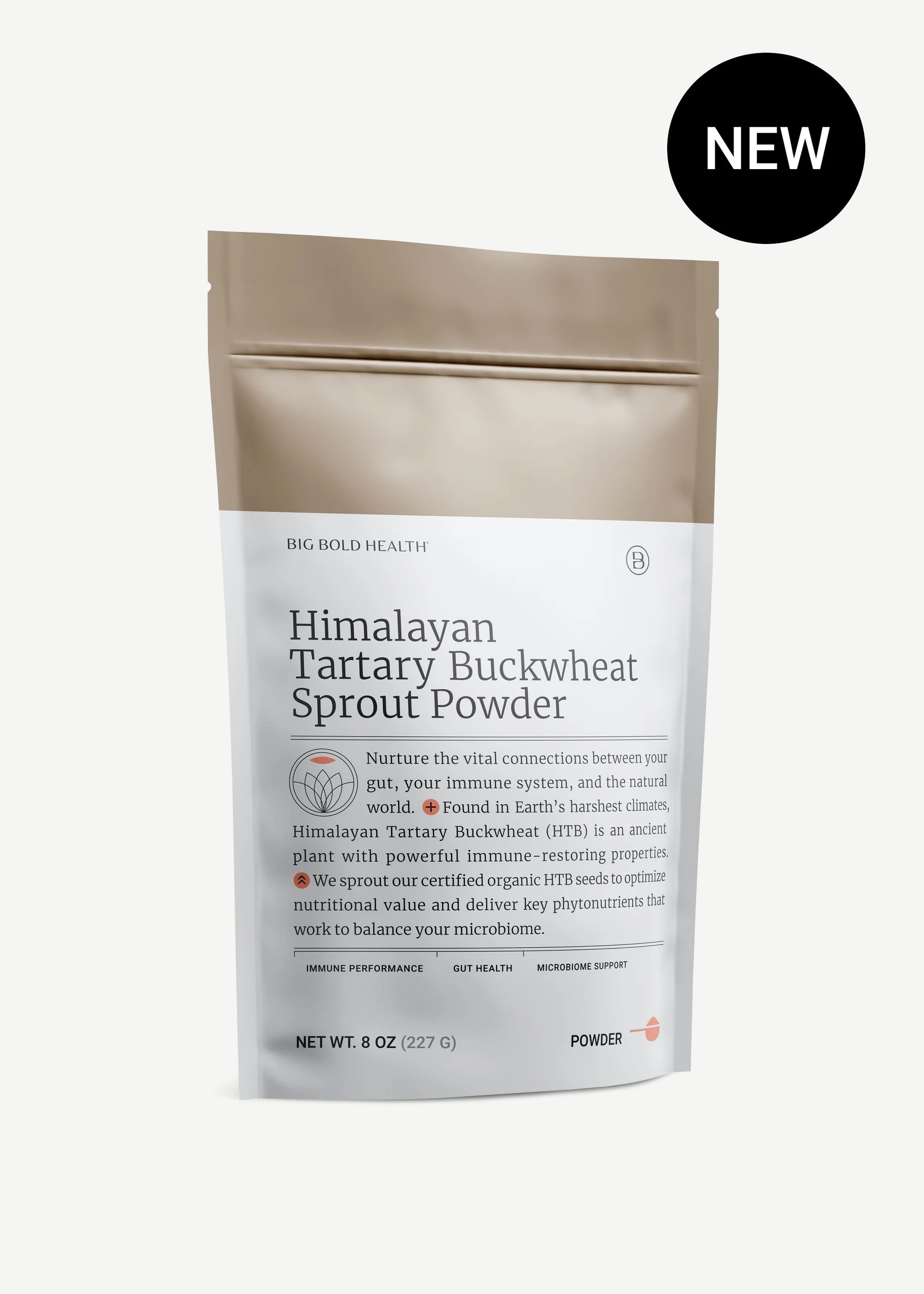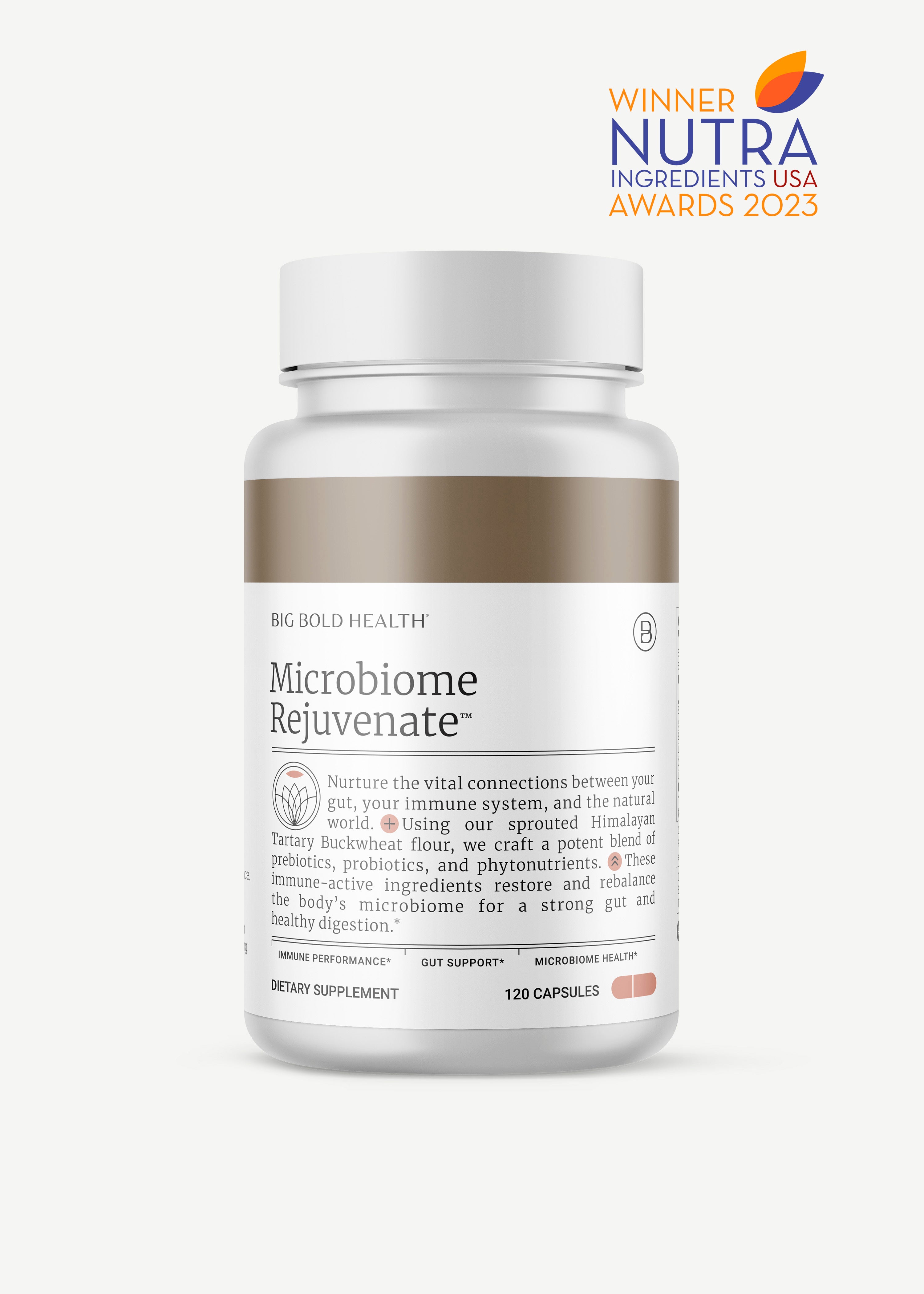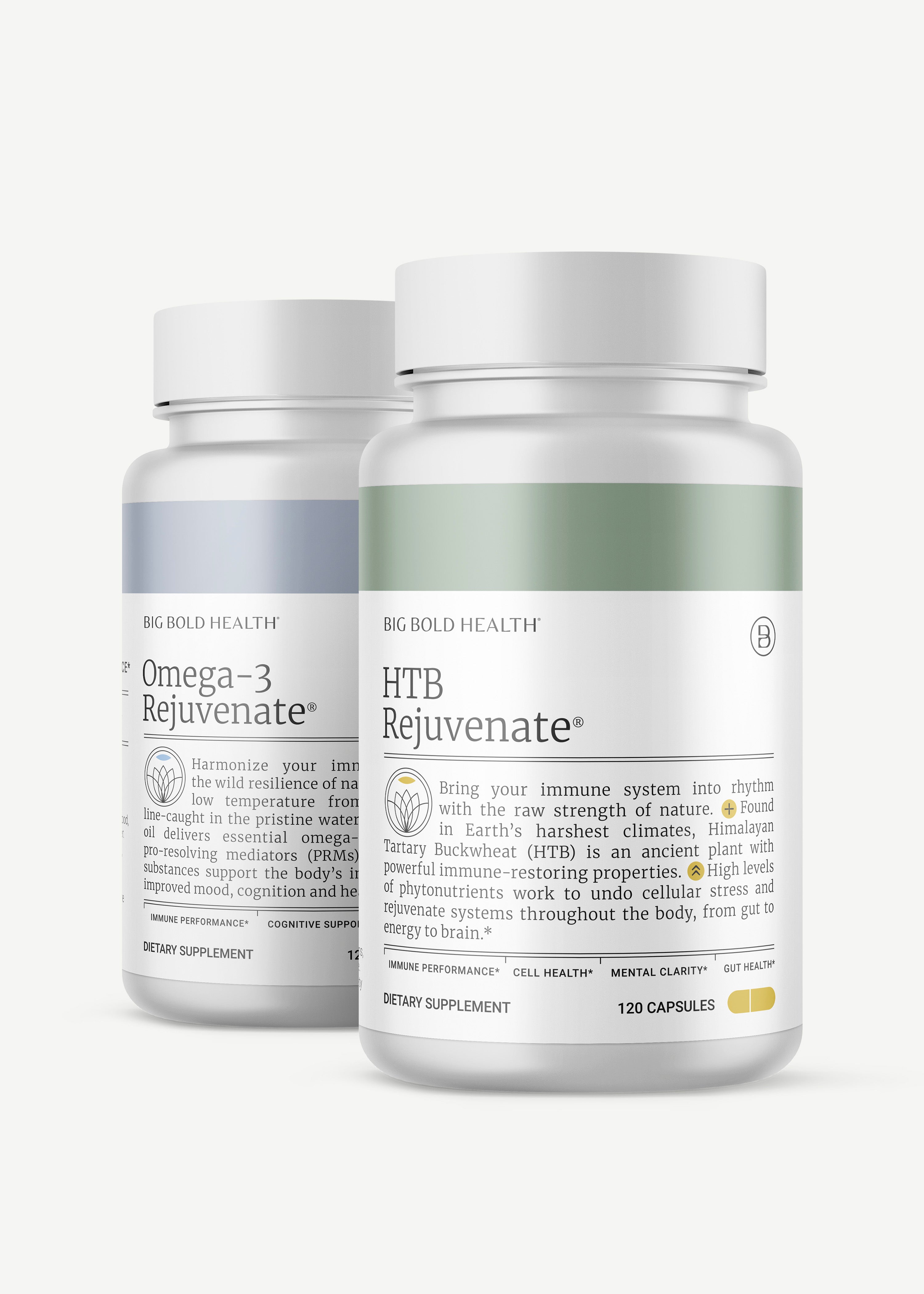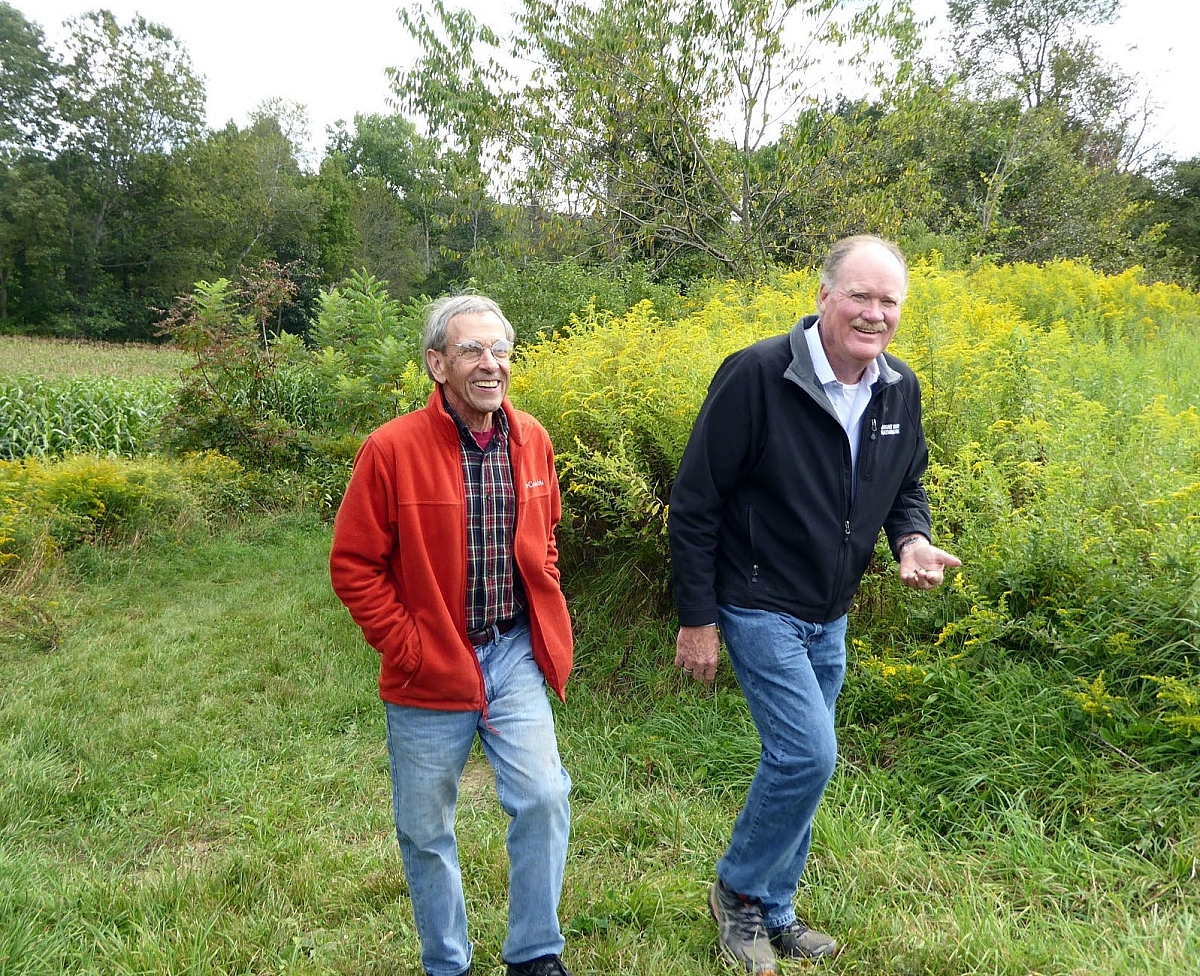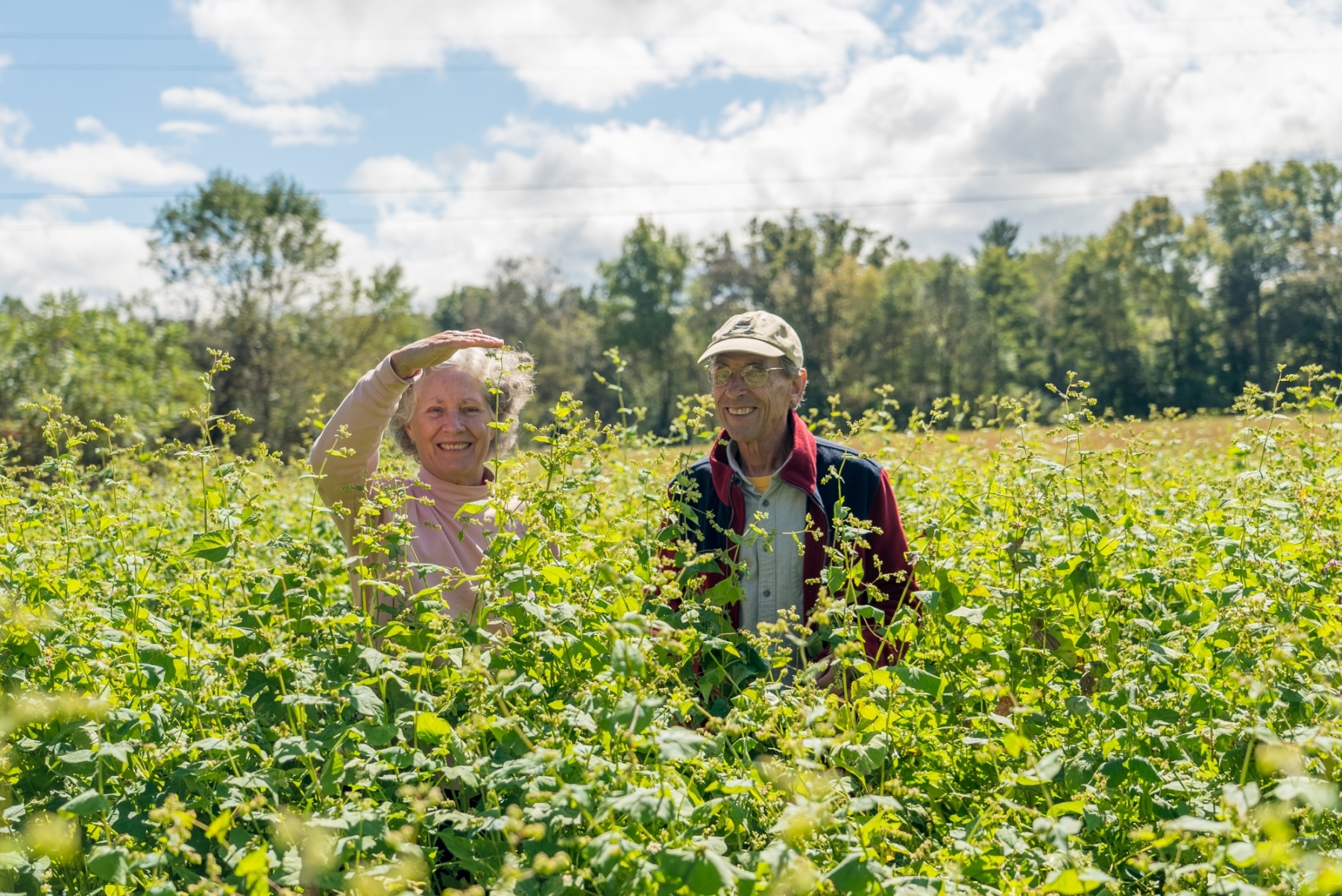Rethinking food to rejuvenate immunity

Food is medicine. Nutrients are information. Immune cells are a communication network. Immuno-rejuvenation is the future. This episode features an epic conversation with Dr. Mark Hyman. He’s a NY Times bestselling author and leading advocate for health transformation and regenerative agriculture.
This podcast is for educational purposes only. It is not a substitute for professional care by a doctor or other qualified medical professional. This podcast is provided on the understanding that it does not constitute medical or other professional advice or services.
